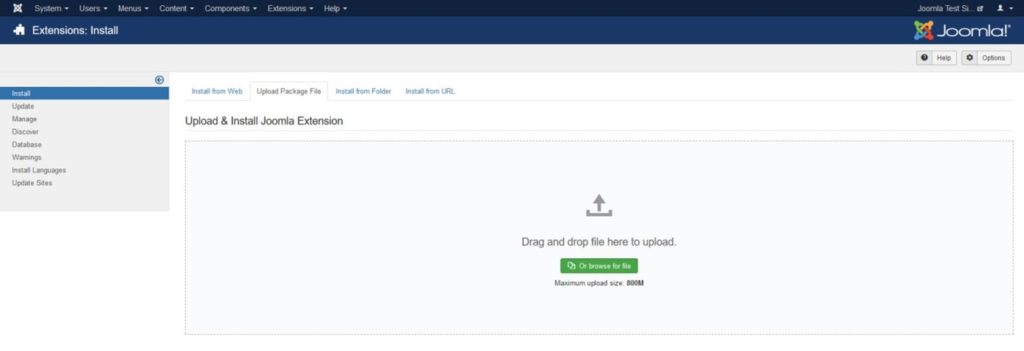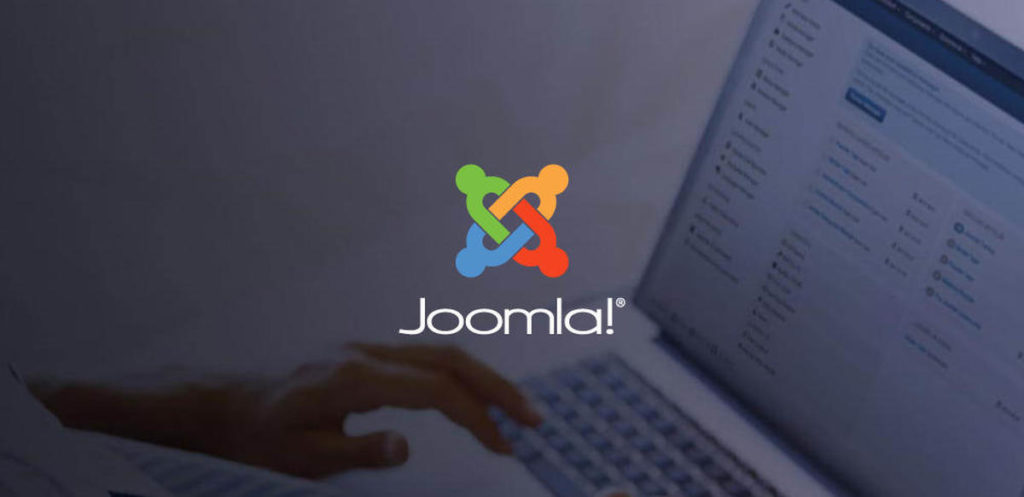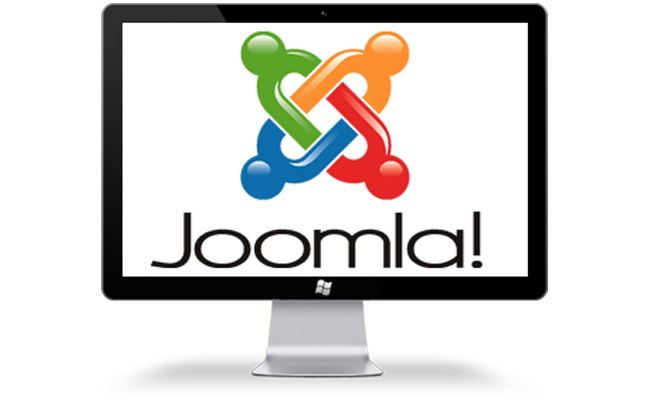Summary:
Are you looking for stunning Joomla web designs for your company website then this article is for you?
Introduction:
Joomla web design is used to create your own website and this web design has considered the best when compared to the others. This Joomla web design will allow you to maintain your website’s look and structure in a better way. Also, this will helps your site to last longer and it will even increase your ROI. So, this article will let you know the importance of Joomla Web Design.
Why choose Joomla Web Designing?
If you want to have peace, then both your home and business should go well. If you have any pest problems in your home, then you can get help from Orlando pest control as they offer the best services at an affordable rate. But if you have any issues in the business, then you need to develop the business for that your web design of the company should be attractive and simple.
For all the complications of web design, you can use Joomla web designing services, as more than 10 million websites around the world have used Joomla web design to create the websites. It is the most popular services and also it is an open-source platform so you can make the design at a lower designing cost and you can even invite the developer to enhance the system.

The most important three reasons to use Joomla web designing are;
- You will get thousands of extensions and plug-ins at a lower cost, so you can able to save the money
- Most developers have loved the Joomla web designing system as it supports any type of site or function. So you can enjoy the less-restrictive programming system
- In Joomla, you can able to launch your site at a greater speed, and also it will provide quick-setup and customization
How to build a Joomla website?
When compared to WordPress, Joomla web designing is beginner-friendly and the process of creating a site is simple and easy. Here is a step-by-step guide for creating a Joomla web design.
- Register your account
Before getting into the Joomla account, you need to have a domain name and web hosting. So, choose a simple domain name that is both simple and easy to remember. Also, you should have a web hosting service, if you choosing any other service then make sure its requirements are matching with the Joomla service.

- Install the service
The next step is to install the Joomla service which can be done in two ways. The first way is that you can install the service through Bluehost quick install or you can install it manually to any web host.

- Learn the Joomla basics
In the control panel, you can find the menus, where you can able to see all the features of the Joomla web system. Even you can find shortcuts of the frequently used parts of the admin area.

- Select a template
In Joomla, you can able to design the site without any coding, and this site will provide both free and premium templates. Here, the CMS doesn’t have a central directory so you need to look around for the templates.

- Install the template
Installing the template is a very easy process, once you have selected the template you need to install it which is available under the extension. Then you need to activate it and click the star icon on the right of the template to make it a default one.

- Customize the design
The template which you have chosen will come with the least customization options, so you can make adjustments in color, fonts, size, style, and so on. Then, you need to save the changes which you have made.

- Use the modules
The most complicated topic in the Joomla web designing system is modules. Modules are little units of contents that are used to create different designs. You can enable the preview mode of the module, to see where you can add the module and name of the position on your page.

- Assign the modules
Once you know where your modules are going on the page then you can assign them to the position. You will get a lot of options for other blocks in the upper left corner.

- Add blog section
Once you have finished the steps of creating the pages, then you can able to publish the blog posts. But you need to assign the blog posts under a category that is available under the content. Then you can assign the category in the menu and then save and close your site. So, after this, if you assign an article in the blog category then it will show in the form of a blog post.

- Install extension
With the help of an extension, you can bale to bring features and functionality to your site. There are almost 8000 extensions are available, so it will be difficult to select a particular one.

Benefits:
Joomla web designing is considered the most popular content management system, where you can develop feature-rich and functional websites and portals. It offers greater flexibility to all its users, and most developers across the globe will trust this site.
Here are some of the benefits of Joomla web designing;
- The CMS in Joomla is easy, fast, and secured
- Comes with several extensions
- It will offer more than thousands of templates
- The Joomla infrastructure is versatile and it is a one-stop solution for all your web designing requirements
- It has but in-caching
- The website is SEO friendly
- It offers multilingual support
- You will get a friendly community
Bottom Line:
Joomla web design is a one-stop solution for all your requirements of web application development. Also, you will find a lot of templates, theme designs, and customization services. It would be the right and best CMS for your website, and people of all business are using the Joomla web designing services.



